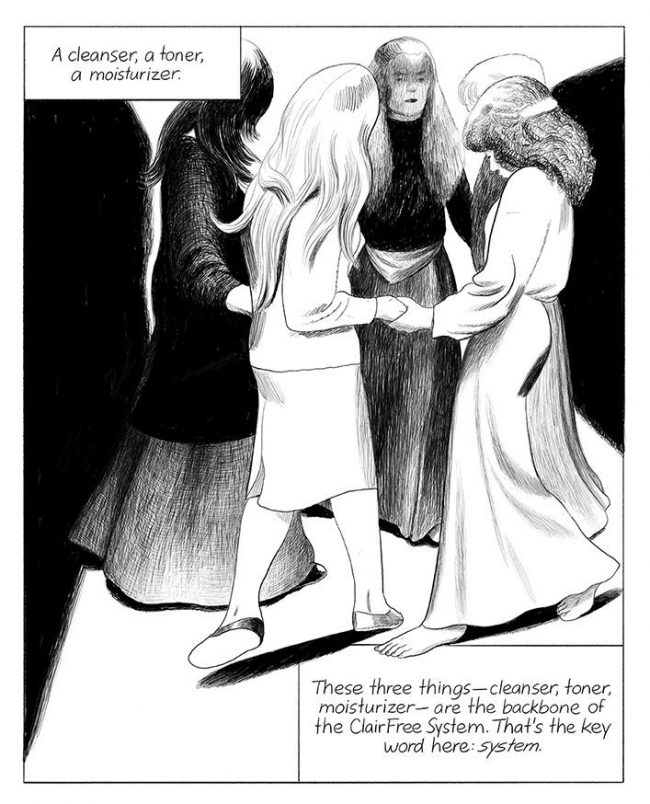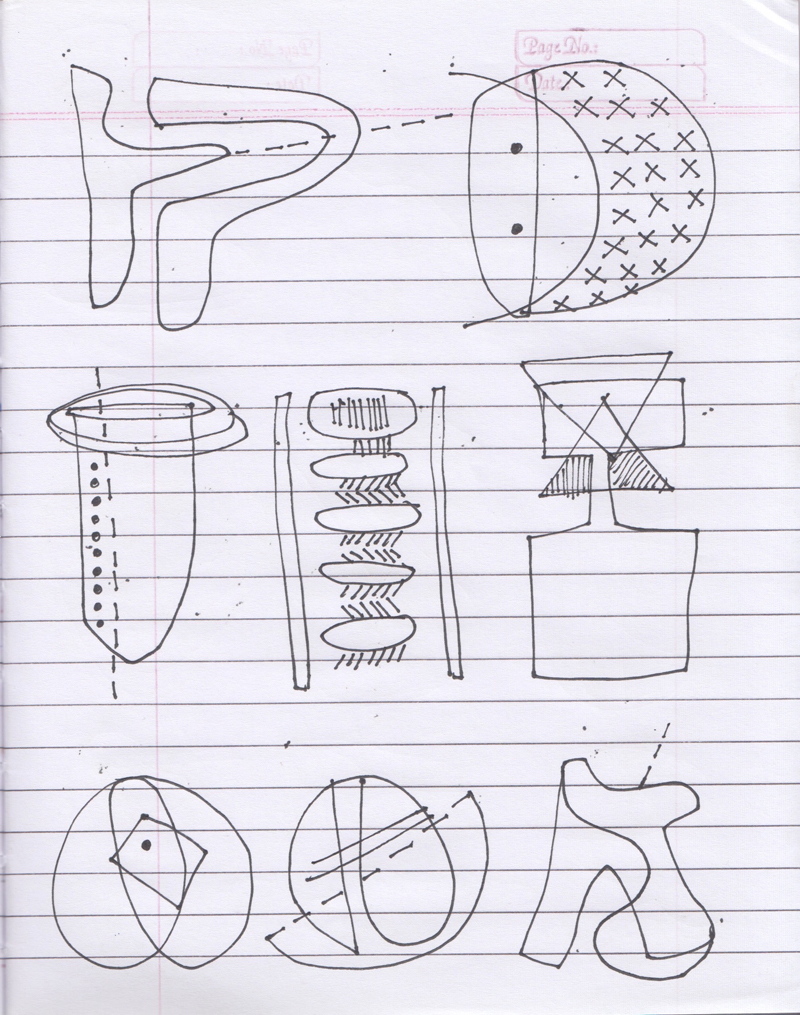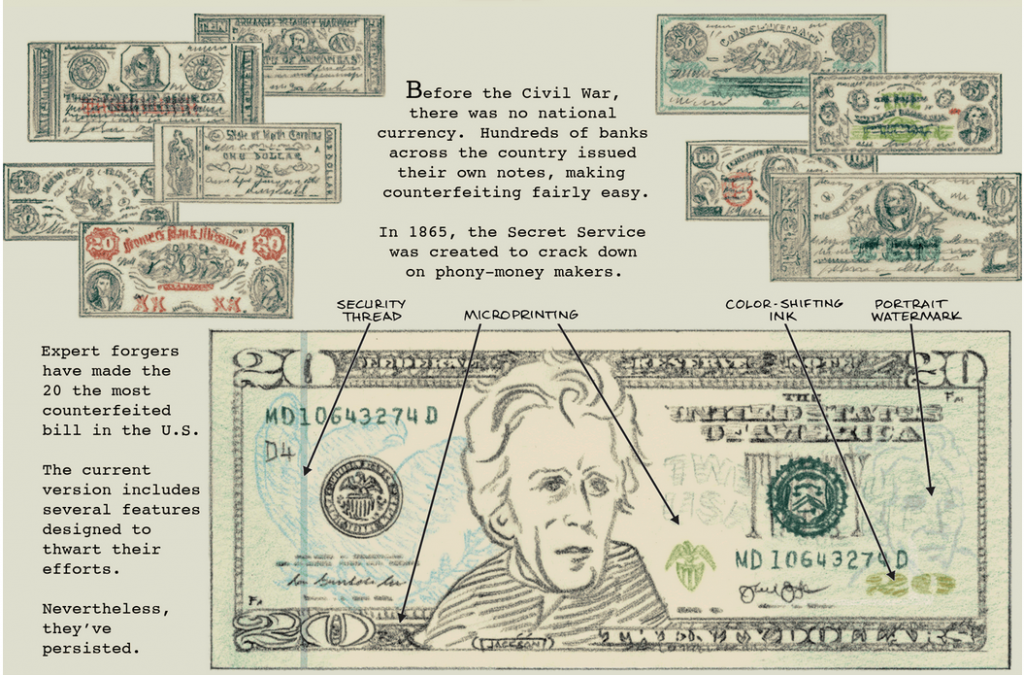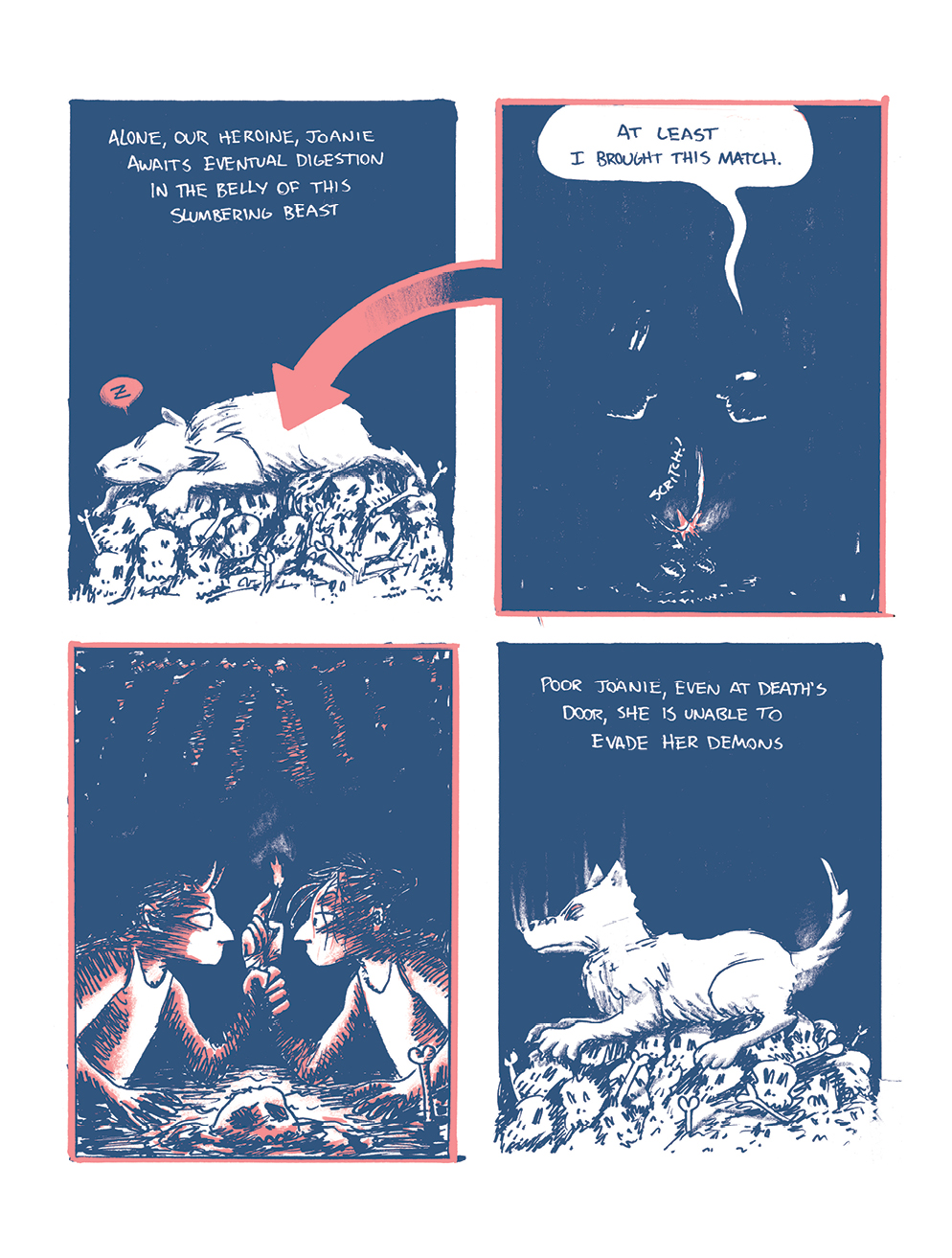Frank SantoroOctober 29, 2016Festivals and ShowsLICAF 2016 report by Connor Willumsen.
A year ago Frank Santoro, having just returned from The Lakes International Comic Art Festival 2015 (LICAF), suddenly called me and spoke to me for an hour to interest me in an ambitious plan he had for a touring workshop that would broadly function like a campaign for inclusive visual literacy. I agreed because my first experience of Frank was of him thoroughly terrifying students in a “Business of Comics” class at SVA in 2009, which he did by raving about, among other things, the misguided and stunted influence of Alex Ross on the medium.
LICAF 2016, after about a year of planning, was Frank’s experimental initial step to these ends, which have an unknown and expanding scope.
Me, Frank, and Aidan Koch met up in NY to fly together to Manchester. The rest of the CW crew met us there.
Here is my report:
It is a struggle to reflect on anything without first commenting on the unfathomable number of sheep abstractly pacing between an ancient network of low stone walls up in the Lake District of northern England. I guess I saw, by virtue of my eyes being open, over a thousand sheep over the weekend. I became self conscious and learned to be discreet about my developing preoccupation with photographing them.
Recently it was pointed out to me that children rarely marvel at vistas, which suggests it’s a learned adult concept – a needless excuse for hiking and travel, but yes the scenery was beautiful, etc.
Kendal is known for Beatrix Potter and the Kendal Mint Cake, which is no cake at all. All guests received at least one. Mine was an anti-freeze indigo blue. I am not aware of anyone who tasted one. Here are the ingredients:
Kendal is also known for it’s precocious adolescents of the Middle Ages who had an obligatory devotion to the laborious longbow discipline in order to slaughter the French under a carpet of arrows, which they very much did in Crécy and Agincourt. These archers were cloaked in “Kendal Green”, a wool fabric, not to be confused with the over-hyped “Lincoln Green” worn by Robin Hood.
Frank made an attempt to charm the mayor of Kendal, in my presence, by telling him that I practiced Longbow in Canada, a misleading truth. The Mayor could not have cared less, and I respected his appropriate reaction. He then told me not to jaywalk.
At a gallery displaying beautiful comic pages from Hanneriina Moisseinen’s recent work Kannas – The Isthmus, described as a book about cows and other animals during World War 2, the mayor (Stephen) and his wife (Sarah) struck up a conversation with Aidan Koch, Frank and myself. He was wearing a massive piece of gold jewelry around his neck that sort of resembled an ammunition belt. I didn’t understand why this was happening, and any time I say “I didn’t understand why this was happening” in regards to my time in Kendal, it’s because in terms of comics culture, I am more used to experiencing a disinterested glazed pessimism, often from the likes of it’s own tribe, to say nothing of relatively high ranking civil servants. The mayor and his wife came to hang out and meet cartoonists, him and the rest of the town were genuinely enthusiastic. As our conversation progressed I fell into a light panic from wondering who was supposed to end this conversation and how. The implied pressure of civility and politeness is real in England. My contrary reaction to this was a suppressed and sadistic urge to stretch the length of the conversation beyond comfort. Sarah was chill and doodled a map on a scrap of paper towards other towns we could check out in our rental car.
We were mercifully spared this trial of mannered courtliness by being interrupted with an announcement that there would be an interpretive dance piece performed by the local students which had been inspired by Hanneriina’s book. They walked right in among us and danced in black tights.
The easiest way to impress me is with a casually presented dance performance. I didn’t understand what was happening. It was great and we applauded and the students sort of unceremoniously vanished while we were ushered to a dinner.
what other comics festival has interpretive dance on it’s opening night? LICAF 2016
A photo posted by @santoro.frank on Oct 13, 2016 at 2:30pm PDT
Throughout the weekend, not once was I left wanting for a hot meal (and alcohol, if necessary), generously provided by the LICAF organizers or Frank, who was acting as a professional host. This concept is so otherwise foreign in my experiences that it triggered in me the alert paranoia of theft. This might seem like a trivial detail but I appreciate it deeply. It’s a simple concept that cites by way of action the insufficiently discussed problematic nucleus of the comic industry and culture: food money. At the last MoCCA everyone knew to meet at the Society of Illustrators simply because it was known that they were serving free pasta salad.
At dinner it became apparent how varied the guest list was in terms of audience. I only recognized a few names and nobody knew me. Almost every time a name was announced, with the exception of a few nabobs, there would be an audible “who?” A musician in the corner entertained us by playing a saw and DJing with phonographs. My jaw dropped when I heard that otherwise there was a nearly successful booking of something like a Jim Steranko nude escape artist routine. I’m not sure if I misheard but I got the impression that it wasn’t a joke. We played a UK game called Pub Quiz, and our table tied for the lowest score even though we cheated.
At the dinner and throughout the weekend, friends, colleagues, acquaintances, and fans reminisced about Darwyn Cooke, who passed away in May of this year. He was a special guest at LICAF 2015, which I’m told was his first time out of North America. I’m also told that, by all accounts, the experience had a profoundly positive effect on him.**
The next day, part of the Comics Workbook crew presented a sort of lecture together. It was Frank as MC, commanding the room, and me and Aidan in a couple chairs playing off his questions and AV ephemera. We had a full audience but I suspected we were unknown entities to the majority.
Frank had already earned my trust in terms of leading us through public and educational presentation by showing me the John Berger clips he would prep the audience with, and he cemented that trust in practice. He intuitively understands how to keep it from becoming a condescending Ted Talk, a thinly veiled advertisement, or, most common in the comics scene, a painfully reluctant reading and slide show.
Berger 2 from Frank Santoro on Vimeo.
The John Berger clips, serving a foundation of accessible art theory, were used to establish a context for the audience which would envelope our disparate work and leave no person unequipped to understand where each of us were coming from.
While each of us spoke, a video played showcasing one of our works. The camera behaved like a patiently mobilized reading eye, with which the audience could passively and fluidly empathize if they chose, while listening to us speak or reading the overlaid excerpted quotes. It lacked the the dead rhythm of a normal slide show, and the content and conversation worked harmoniously together. As always, Frank was emphasizing timing. We didn’t plan it strictly or stick to a script, so what Frank and Aidan were saying felt fresh to me, and I became a part of the audience whenever I wasn’t speaking. The direction of conversation between us and the rest of room was guided by curiosity. (all the videos are HERE)
We all retreated to a group Workshop with local students. Frank’s teaching style was like an energetic performance. He was literally running down a hallway between two rooms, simultaneously teaching two groups of students, with me and Aidan in the wings for assistance. It was telling to watch the students take the limited premise and engage with wild variation. The personal associations they were forming were evident in the drawings.
Then we got to see Kendal. I liked walking the town with Aidan because we had a similar height and silhouette. I looked like a grown-up version of the blueberry girl from Willy Wonka, and she had a good kind of a bleached Mick Jagger thing going on. We were both devastated to discover that we had missed out on some local owls that had been hanging out in the town center, supposedly happily available for head-patting.
Late that night, outside the Ring of Bells Pub, a quiet old man with a muzzled dog read my mind and gave me elaborate directions to a urinal I would access through the alley. The man using that urinal loudly grumbled at me about his having long hair in the 1970s.
I had been told that two of our crew had experienced a sort of hallucinatory waking nightmare sleep paralysis at the hotel all the guests were staying at. While I was taking flash photos of sheep in the middle of the night, Craig Thompson approached suddenly out of the darkness and gently explained to me and Aidan that he had experienced the same thing. That night it happened to me. That makes 4 people, that I am aware of.
Me and Naomi Nowak walked through the local castle ruins in the middle of the night under the light of a full moon. To access it we had to traverse a cemetery, a moat, and a cricket club. I was too afraid to fully enter a dungeon which had lacked any light or visibility. I returned during the day to learn it was a toilet.
The temptation to watch TV in the hotel at night was itself an existential horror. The content was comprised mostly of Gordon Ramsay, Bradley Cooper movies, and a British version of Maury that had a Euro flavor to it.
The next afternoon I gave my own workshop. I walked the audience through a basic conceptual approach to making a comic page that I might use, one that allows for speed and discourages the common trepidation or burden of the ‘next image’. While they drew I shared from my mixed bag of cautionary tales, which, for instance, described how division of labour and editorial hierarchy in mainstream comic books discourages communication and often prohibits the artist from making creative decisions in terms of layout and sequencing, which for me is the essence of cartooning, and limits most of it’s craftspeople to being dependent storyboard artists under a constant threat of replacement, as it meanwhile postures as a pseudo-auteur culture. We talked about arbitrarily contrary but equally valid systems of visual perspective. Unstructured composition. Web programming. I struggle to remember most of it, but had the impression it was well heard.
Here’s me paraphrasing a conversation I read between Paul Joyce and David Hockney in on the subject of western and Chinese visual perspective.
Connor Willumsen demonstrating the differences between Western and Eastern landscape painting #comicsworkbook LICAF UK 2016 #licaf
A video posted by @santoro.frank on Oct 15, 2016 at 2:16pm PDT
I would have liked to have seen Aidan’s workshop but it was going on at the same time in the next room. It encouraged me to hear that she had people drawing their own feet in silence.
When I learned that Jordi Bernet was at the festival I decided that I would try to meet him. There was a man walking around the festival who resembled an aged and weathered Torpedo. I lightly shadowed this man until discovering that I was completely wrong in assuming it was Jordi Bernet. Eventually, at the hotel, Frank pointed out the back of Jordi Bernet’s head from a distance, which was disappointingly unremarkable and un-gangster-like. I think I expected him to be a sort of evil Euro-Seth.
However, I did happen across Gilbert Shelton in a carpeted hallway. He explained that he was there to “bullshit about the past”, which struck me as an appropriate sub-header for most comic festivals and literature. Frank repeatedly reminded me that Gilbert laid essential groundwork for the American underground comic scene, and further on through his example to Crumb and then to Moebius, and marveled that he was simply walking around undisturbed. He stressed that the important moments at festivals like this are when you run into people between two places, which Kendal was ideally suited for given that the festivities truly encompassed the entire space of the town.
At the closing reception Hanneriina Moisseinen outlined some of the ways in which she has been directly and practically supported as an artist by her own country, the likes of which were unheard of to me. I asked her about notable pop-cultural offerings from Finland, and she immediately and excitedly described a TV show called The Horny Police Officer, which has proved difficult to search for.
Frank rented a car for the pleasure of it, and he kindly offered to tour us through the countryside once we finished our duties. His driving was intuitive, confident, and frightening, the experience marked by a constant terror that we were on the wrong side of the road, which at times we actually were. Frank reassured us by describing an incident at the last LICAF wherein he wrecked a rental car and a belligerent man screamed at him for ruining his vacation. When concerns were raised about us scraping along the side of parked cars on the left, he said this:
“It’s not a matter of if, but when.”
Our crew, with Frank behind the wheel, left Kendal at 5 am to catch a plane in Manchester. That’s a little over one hour of high speed driving through torrential rain on a slippery highway with low visibility, navigated through disorienting traffic circles and a condescending GPS, making it at times one of the hairiest drives of my life. Each of us personally had to reach a peaceful acceptance of the possibility of a gruesome death out of a desire to catch our plane on time. I am retrospectively grateful for this moment, which was essential to our bonding and had a satisfying narrative conclusiveness to it. As Frank eloquently put it, it felt like we were leaving the scene of a bank heist.
At airport security we were obligated to go through a bizarre cultural interrogation. They asked Aidan what her favorite TV shows were, and what my high school principal’s name was.
We made it back in one piece from England #comicsworkbook #beautiesandthebeast
A photo posted by @santoro.frank on Oct 17, 2016 at 10:53am PDT
Aidan was dropped off in Brooklyn, and me and Frank eventually parted ways at a turnstile in a subway station in Manhattan. Through the gate, I watched him return back up to ground level, passing 5 cops performing “random” bag checks. As he passed them, he let loose a loud Transylvania laugh which lasted and echoed until he was on the street and out of sight. I saw that this made the police laugh nervously, glancing at each-other.
A video posted by @santoro.frank on Oct 19, 2016 at 5:01am PDT
Shout out to people I met, conversationalists, and new friends. Aidan, Naomi, Niall, Oliver, Jack, Craig, Ollie, Joe, Joe, Chris, Tony Baba Ganoush, the Finnish crew, and those who’s names I forgot or forgot to mention. You can all crash on my couch.
And additional, privileged, special thanks to Frank Santoro, Julie Tait, Carole Tait, Aileen McEvoy, other festival organizers, and all the volunteers for their generosity.
bye
(Check out more LICAF coverage HERE! and Check out a 20 minute video of Connor’s workshop HERE!)
(**Editor’s note: RE thee late great Darwyn Cooke – See Seth’s touching eulogy of sorts from The Doug Wright Awards from this year HERE where he describes the scene at the hotel bar at last year’s LICAF.)
Connor Willumsen makes comics in Montreal, Canada. His newest works are Portraits and Swinespritzen. Find more of his work HERE.
Share this page: [...]










